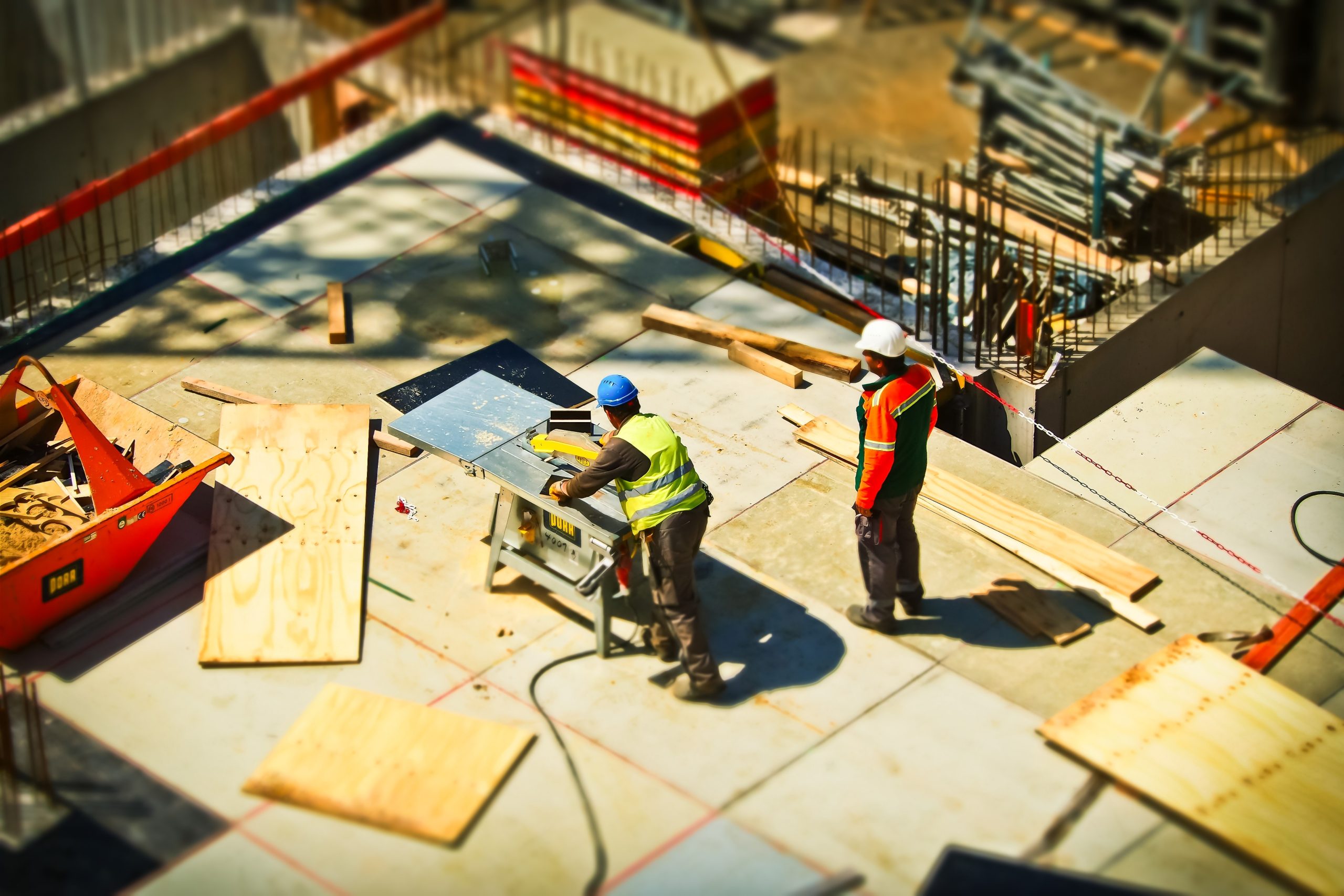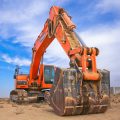Artificial intelligence, cloud connectivity, renewable energy and alternative fuels are the expected changes in the construction industry. With technology becoming more advanced, many industries are trying to be more sustainable and eco-conscious whilst remaining aware of construction hazards. However, that might not always be easy for a business. Let’s take a look at what we can expect to change in the future of construction sites.
All Small Gas-Powered Engines By 2024 In California
Next year, small gas-powered engines will be banned in California by 2024. That includes lawn equipment, generators and other small engines that are not used on the road. It followed the same law that banned the sale of internal combustion engine cars in 2035. Alternative power solutions, hydroelectric, biofuels or other substitutions for gas-powered engines are to replace them by 2024.
Renewable Energy Production Is Increasing
Major construction companies are now investing in renewable energy such as solar, wind and biofuels. That is because they have committed to a net zero impact when constructing new buildings and infrastructure in city centres and residential areas.
Businesses are looking to lower their greenhouse gas emissions when constructing new infrastructure by using modern machinery that uses renewable fuel.
Compact Equipment Trends For A Battery-Powered Switch
In the United States, many states and cities have banned gas-powered leaf blowers as well as other tools. Now, the same goes for the UK, with Challenge 2025 campaigners looking to ban harmful equipment. Other countries in Europe are also enforcing this, with Germany saying that they should not be used unless necessary.
This compact equipment is not the only because of the gas emissions it produces either. People are also worried about noise pollution. Petrol leaf blowers alone are twice as loud as a battery leaf blower, therefore, can potentially cause hearing loss.
It isn’t just leaf blowers and generators that are expected to change either. Compact excavators, compact loaders, and skid steers/ tractors will be more eco-friendly in the future as well as other compact machinery.
Connectivity Leads to Jobsite Transformation
An issue that many construction sites have is connecting the internet and getting signals. Furthermore, some construction sites could be underground, leading to a loss or lack of wifi signal on people’s laptops and phones. However, that is all yet to change.
5G networks and cloud systems are making it easier for people to communicate on-site. Additionally, the cloud allows companies to manage their workload much better than how they have previously done it.
Fully Automatic Machinery
Due to technology, some machinery no longer requires someone to be at the wheel. However, there is a push for more automatic machinery in the workplace to ensure the safety of others.
Some machines are operator-assisted and some are automated. That is not to say that within the next 10 to 15 years, all machinery will no longer require someone to operate; however, some machines that we see in a construction plant will no longer need the full assistance of an operator.
These automatic machines will require a whole new skill set and the use of crane drivers and other machine operators may no longer be needed. Therefore, there will be fewer people who are required to operate on a construction site. Although many construction workers will see this as a bad thing, others see this as an opportunity for others.
Sensors To Improve Site Safety and Efficiency
Sensors are something you can expect to see more of in the coming years. There are many benefits to sensors as well. One of those is to improve the safety of construction workers. Safety is something that is heavily pushed on modern construction sites which is why more job sites are getting these.
Something else that sensors offer at a construction site is to track the materials used. It is good because it allows the site managers to keep track of the materials used. Sensors can provide valuable information on the status and productivity of construction equipment.
Less Workers and More Skillsets
Something that worries many industries is the advancement of technology. People are afraid of losing their jobs due to technology becoming more technical, so they no longer need people to control machines. However, when one door closes, another opens.
In recent years, there has been a slight decline in people applying for manual labour jobs. Therefore, there is a decline in the number of applicants for construction-based jobs. The previous generation of construction workers is ageing and will be looking to retire. However, this isn’t all bad news for the construction sector. As technology continues to improve, there is less need for construction structures as manual jobs no longer require someone to do it.
However, there is a need for someone to control this sort of technology. That is where those born after the mid-90s come into question. The younger generation has grown up with technology and therefore, will be more open to learning the skills required to control these machines.
There are many video games where you can play a simulator for farms and manage construction machines. People are no longer happy with travelling miles away from their homes. Instead, they would work from home and this is possible in the near future with machinery.
Subscription-Based Business Models
It is no surprise that automatic equipment is very expensive, especially with it being relatively new to the construction industry. Now, some companies are offering tool and construction plant hire as subscription-based services, therefore companies are going with this type of service as they run/manage their jobs.
Cybersecurity Becomes A Growing Concern In Construction
With construction sites becoming more advanced, they rely on technology more. Therefore, these construction sites are more connected, using the cloud to manage and control workloads. The issue with this is the more connected they become, the more likely they will be a victim of a cybercrime.
Although construction sites being more connected is a good thing, there are a few flaws with it. That is why construction sites will need a cyber security team to ensure digital disasters do not occur, affecting many devices and companies that are connected to this one area.
To Conclude
In the last two decades, construction sites have changed a lot, with modern technology continuing to advance and there being less of a need for manual workers. Additionally, with construction sites using technology more and relying on the cloud to manage workloads is something that also needs to be managed. The digital world is making everything more technical but far more efficient and we will continue to see this on construction sites.
































No Comments
Leave a comment Cancel